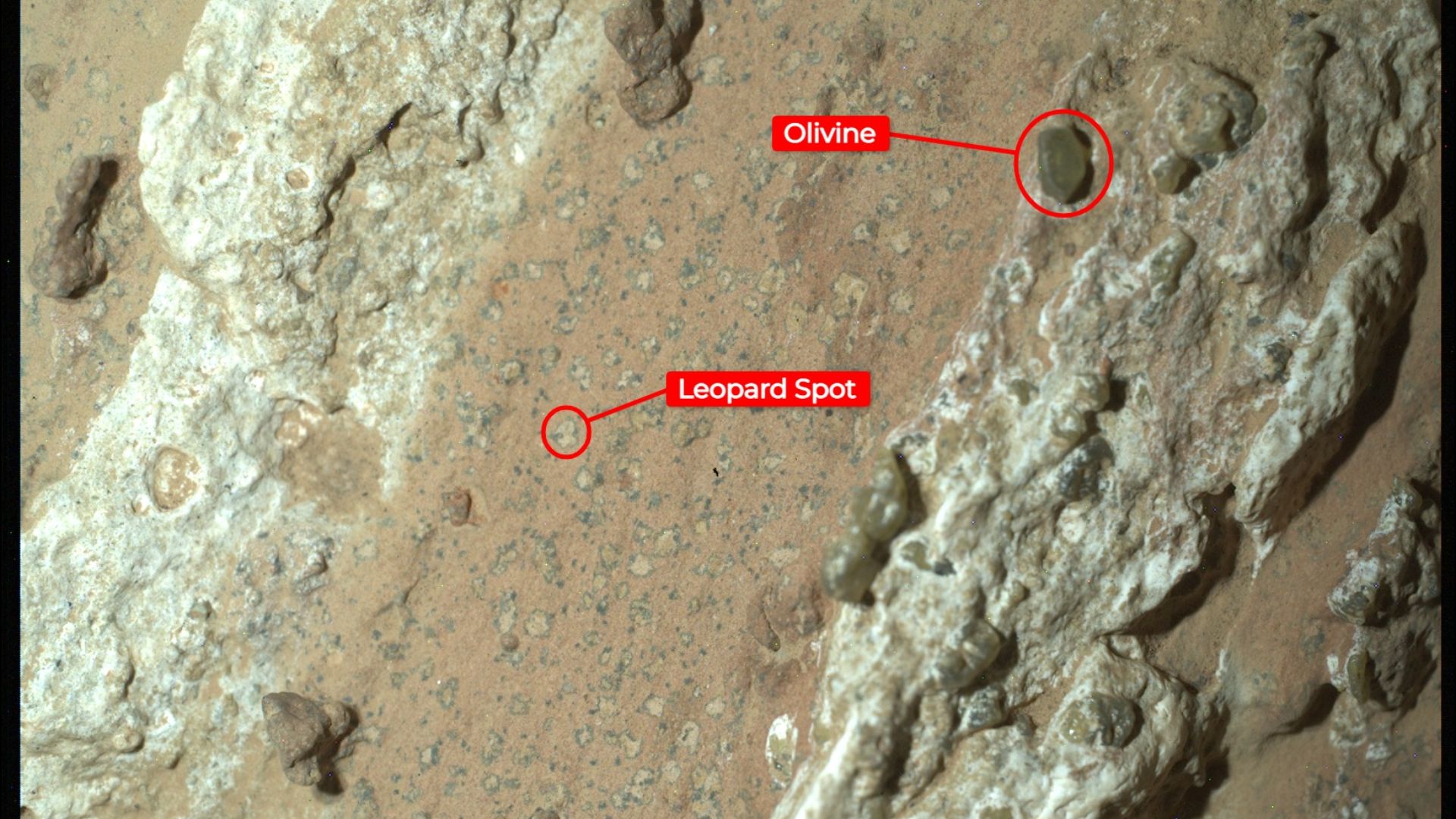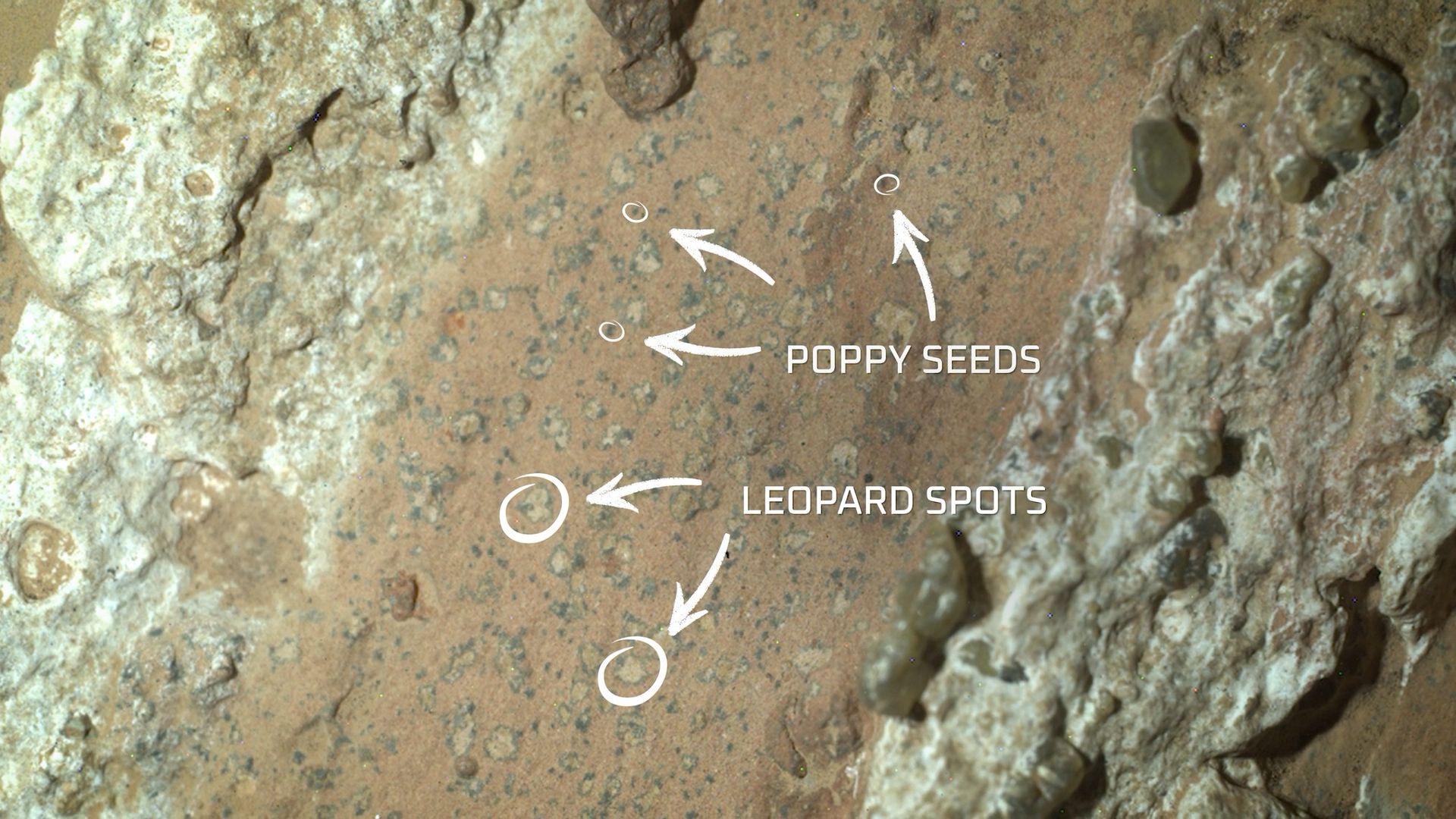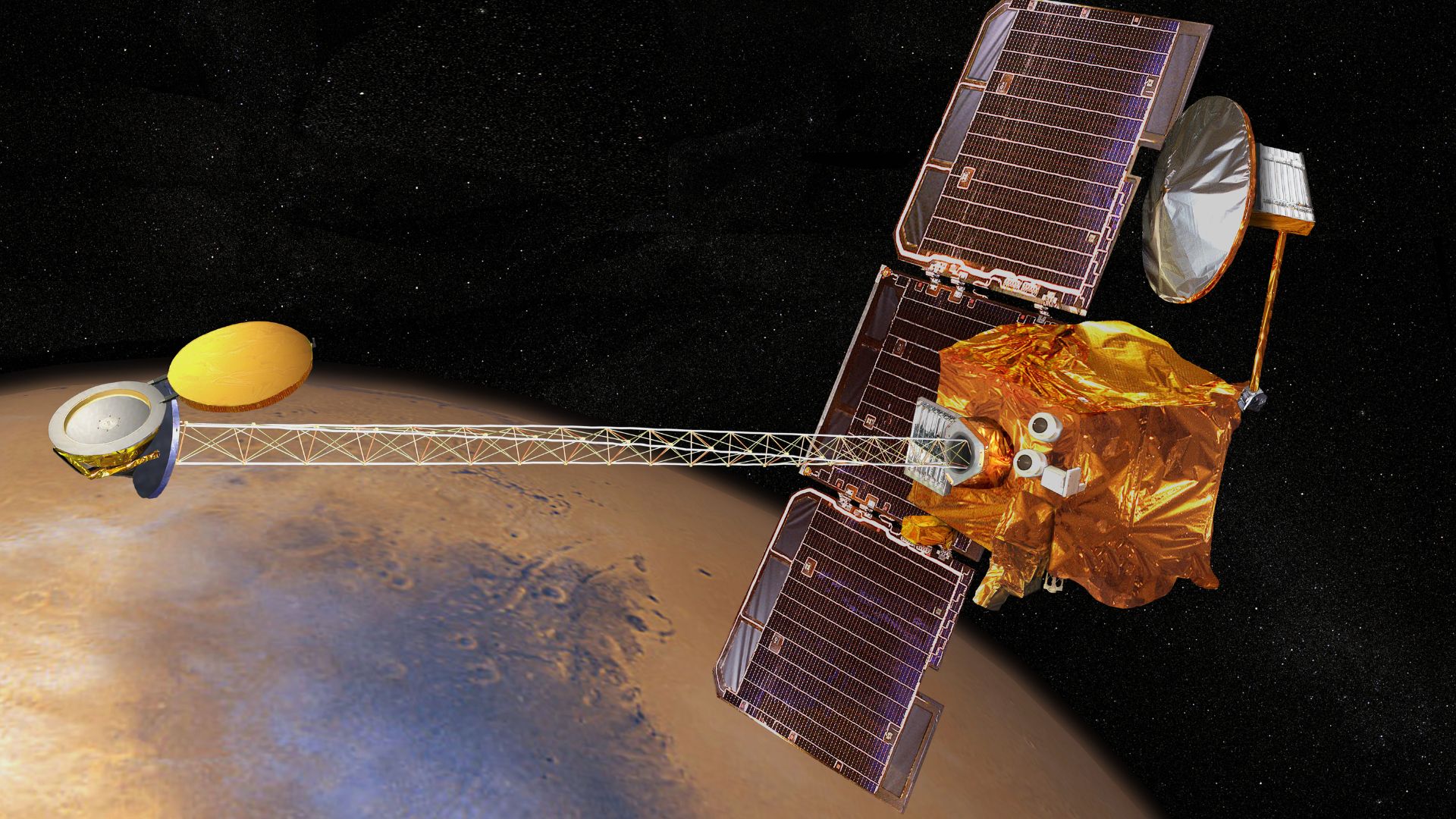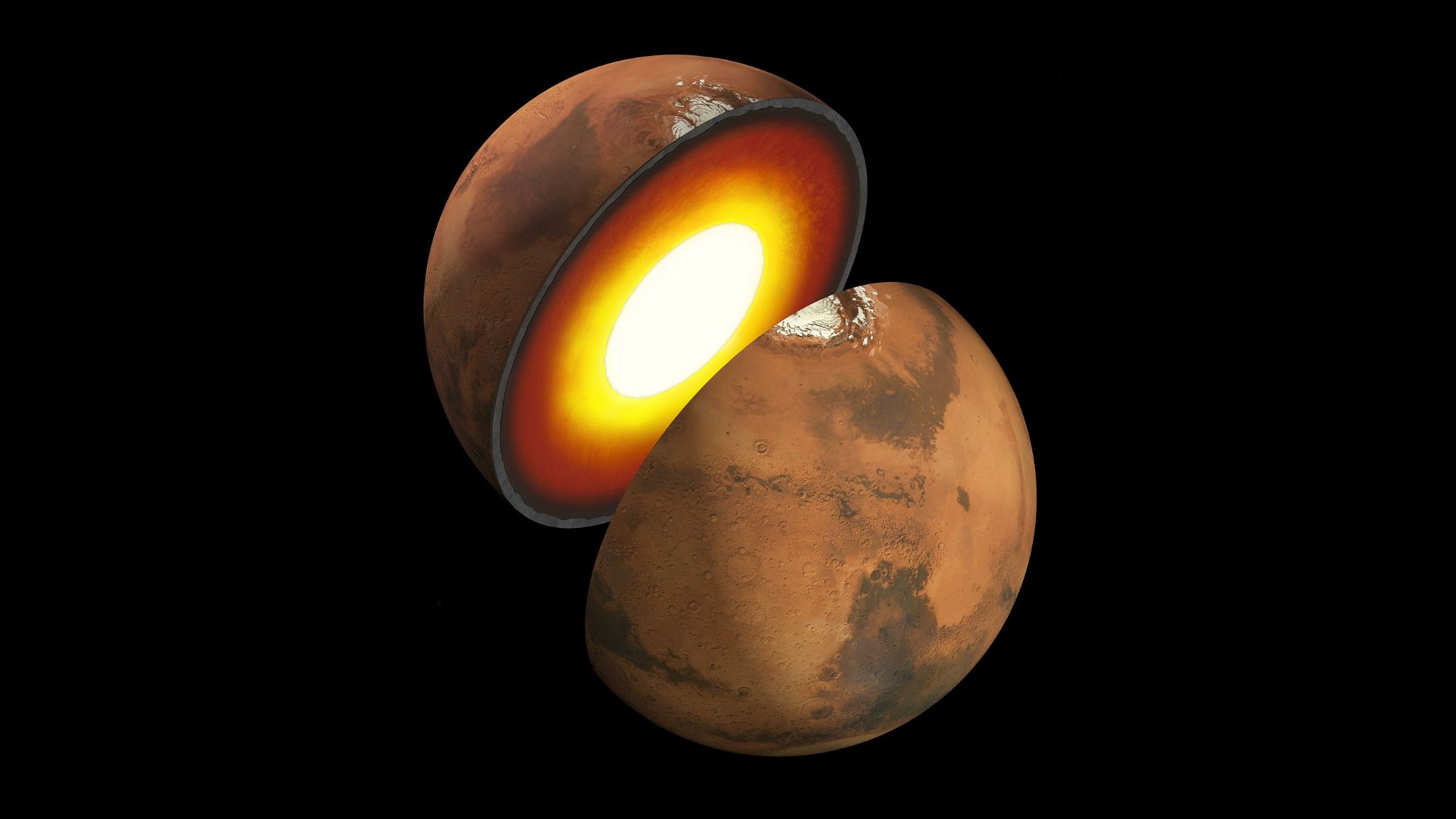New Rover Discovery is The Most Compelling Evidence of Life on Mars


NASA’s Perseverance rover lived up to its name this month with a new thrilling discovery. After years of searching, the rover identified some incredibly rare and exciting evidence of ancient life on the Red Planet. Here’s what we know so far.
The Perseverance Rover

NASA’s Perseverance rover has been exploring Mars and seeking evidence of lifeforms since 2020. It collects samples of rocks from the Red Planet that could contain evidence of ancient microbial life, the building blocks of research on the habitability of Mars.
Finding the “Building Blocks”

Microbial life is microscopic organisms that are the building blocks of Earth’s important life-cycles, like producing oxygen, decomposing organic matter, and developing nutrient cycles. Seeking evidence of these microscopic organisms on the Red Planet is at the heart of finding evidence of ancient life there.
The Rover’s Important Discovery

The rover’s groundbreaking discovery involved polka-dotted rocks that may suggest that there was, in fact, ancient life on Mars. These rocks were found in the Neretva Vallis, which is an ancient river valley that once supplied water to an ancient, former lake billions of years ago.
A Closer Look

The rock samples have what scientists believe is a biosignature. They are noticeable for their speckled green dots called poppy seeds, as well as their leopard print spots, which are rich in iron phosphate and iron sulfide.
The Importance of Iron

These iron molecules are released when microorganisms absorb organic matter on Earth. This process leads scientists to believe that the same processes could have occurred on Mars, providing proof of life cycles.
Excitement Among Scientists

Michael Tice, one of the co-authors of the recent study, explained, “The thing I find the most exciting about this sample is that it contains features large enough to be seen with the naked eye that could be examined to test for past life. Yjay’s surprisingly rare when you are studying evidence for ancient microscopic life”.
Does This Prove That There Was Once Life on Mars?

The existence of these samples does not definitively prove that there were once extraterrestrials inhabiting Mars, but it is “the first compelling signal of organic matter that we’ve had since we landed in Jezero Crater.
Why It Matters

While we can’t look at this finding as direct proof of life, scientists agree that the possible discovery of microbial life is an exciting step towards that assertion. Because the rock patterns could potentially have a non-biological basis, we are unable to take it as direct and irrefutable proof of life.
Conclusion

The Martian rocks will need to be analyzed further on Earth to discover if they are proof of ancient microbial life. The samples from the Perseverance rover are set to be returned to Earth by 2030.